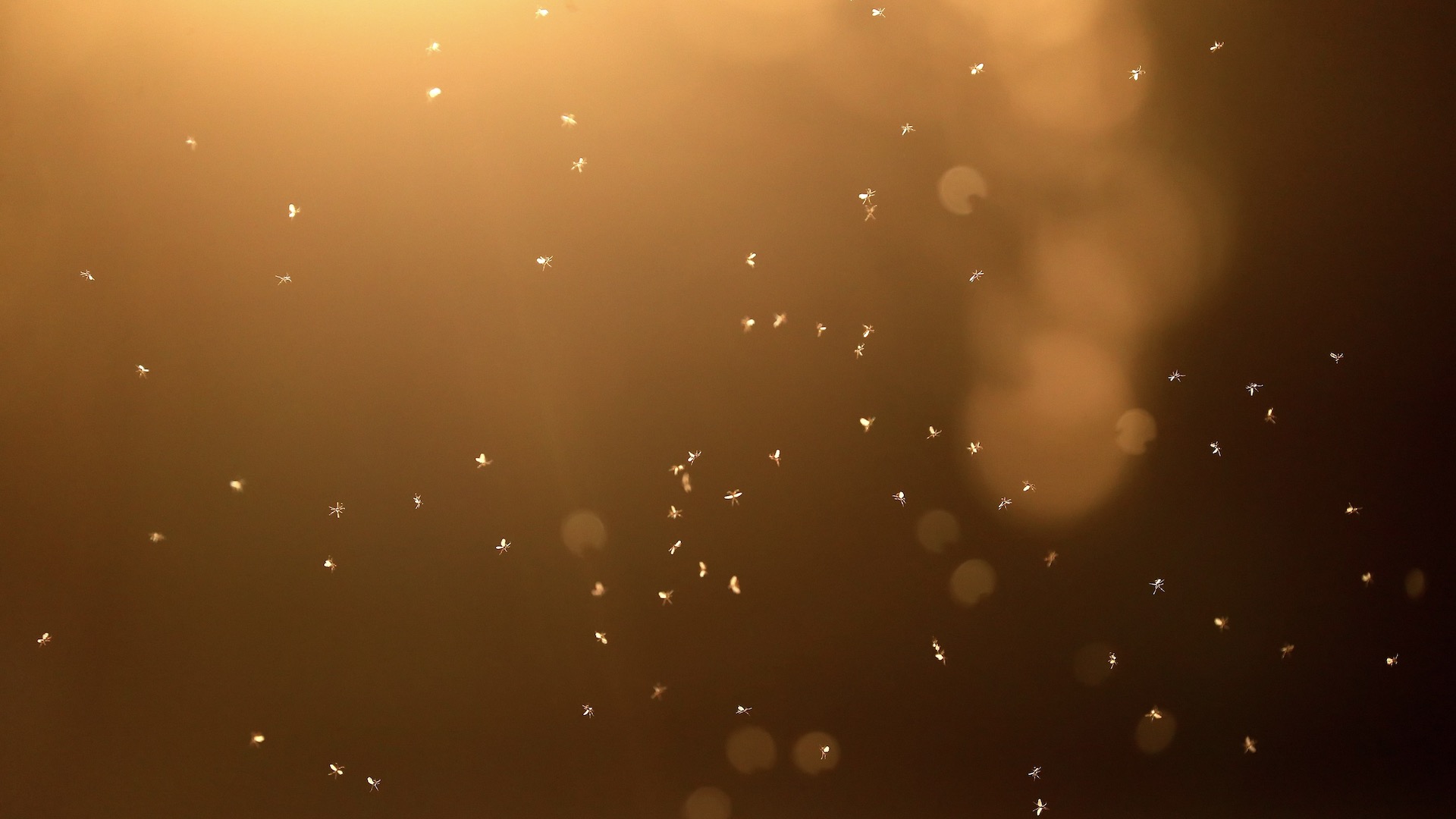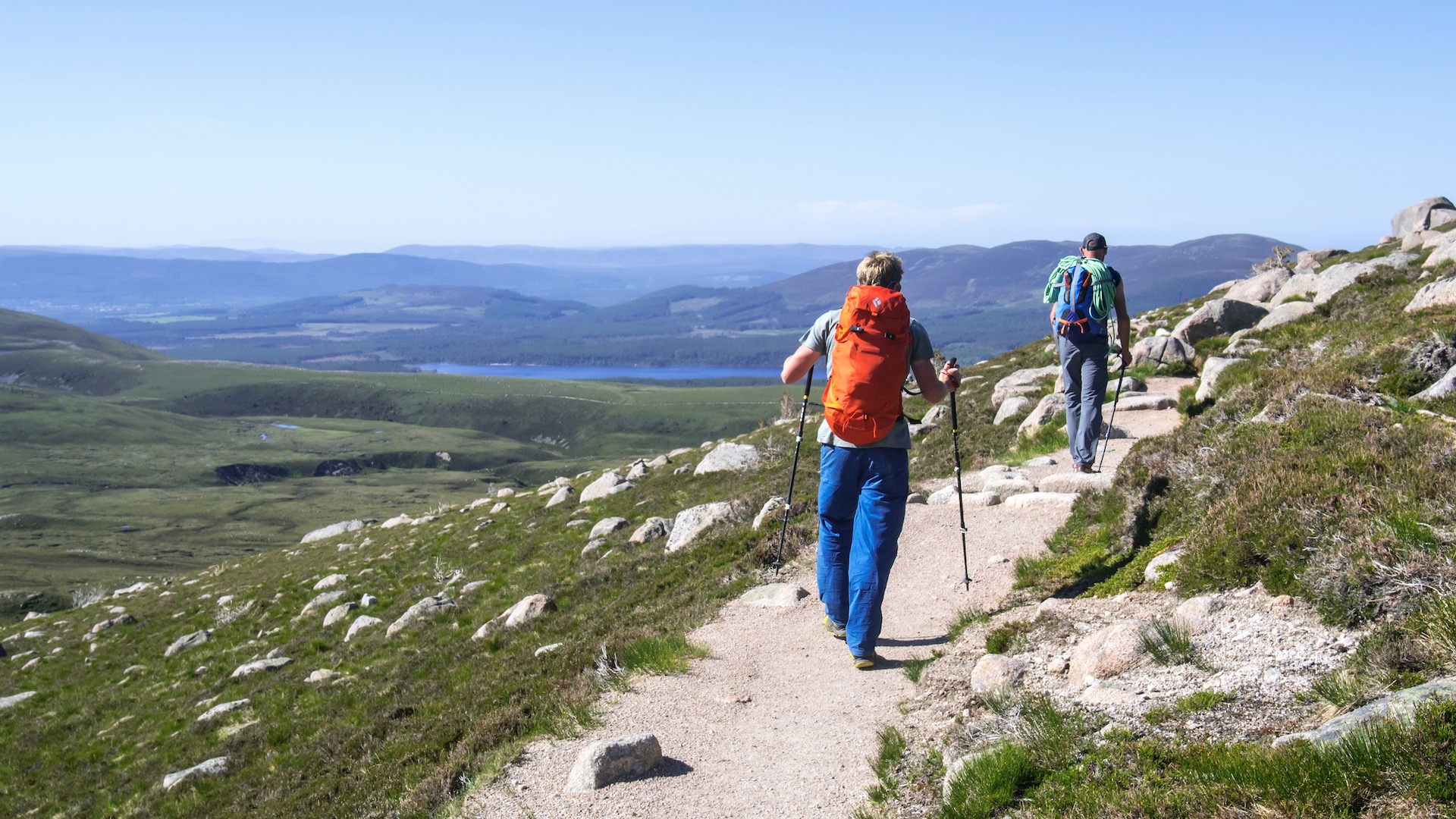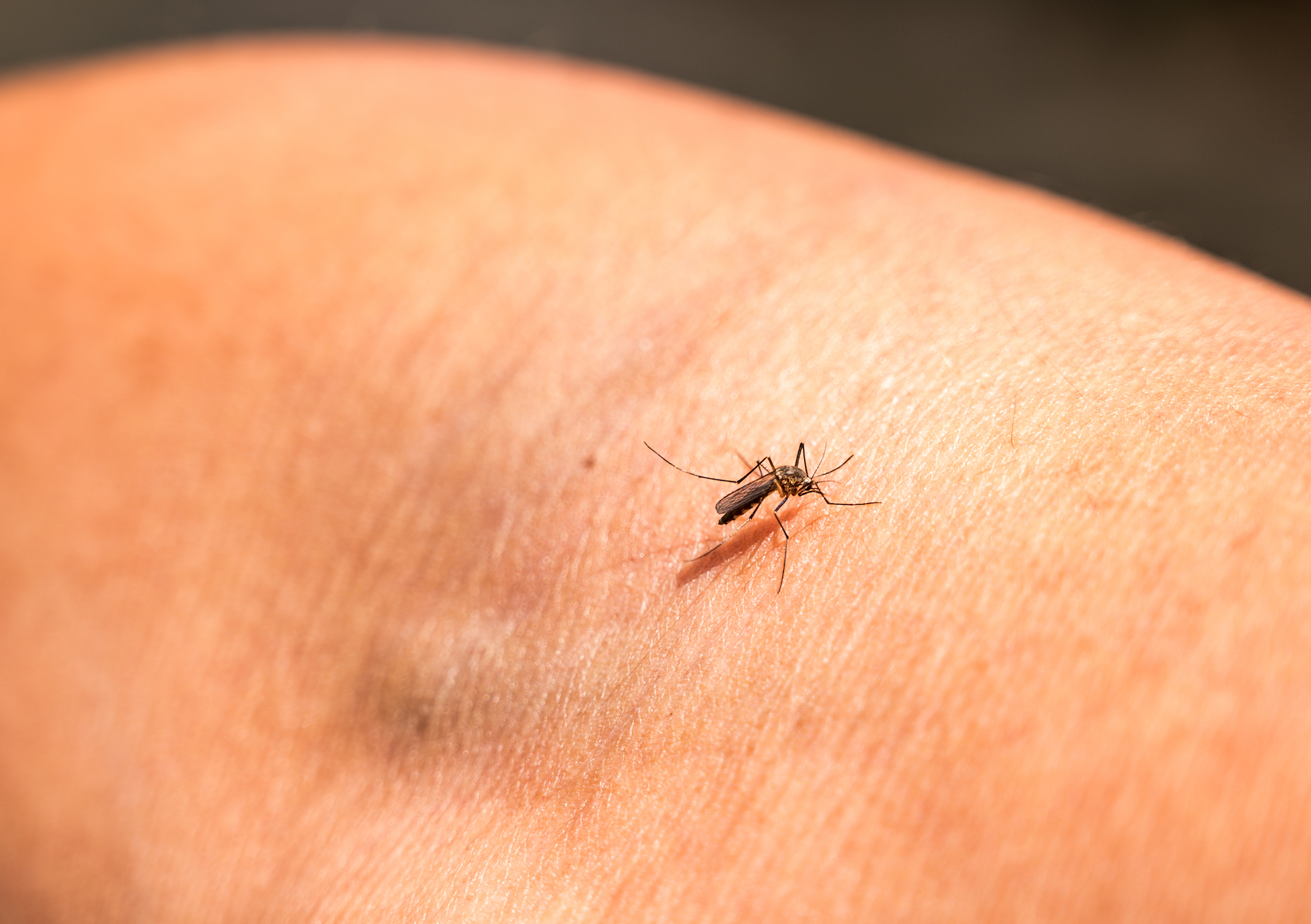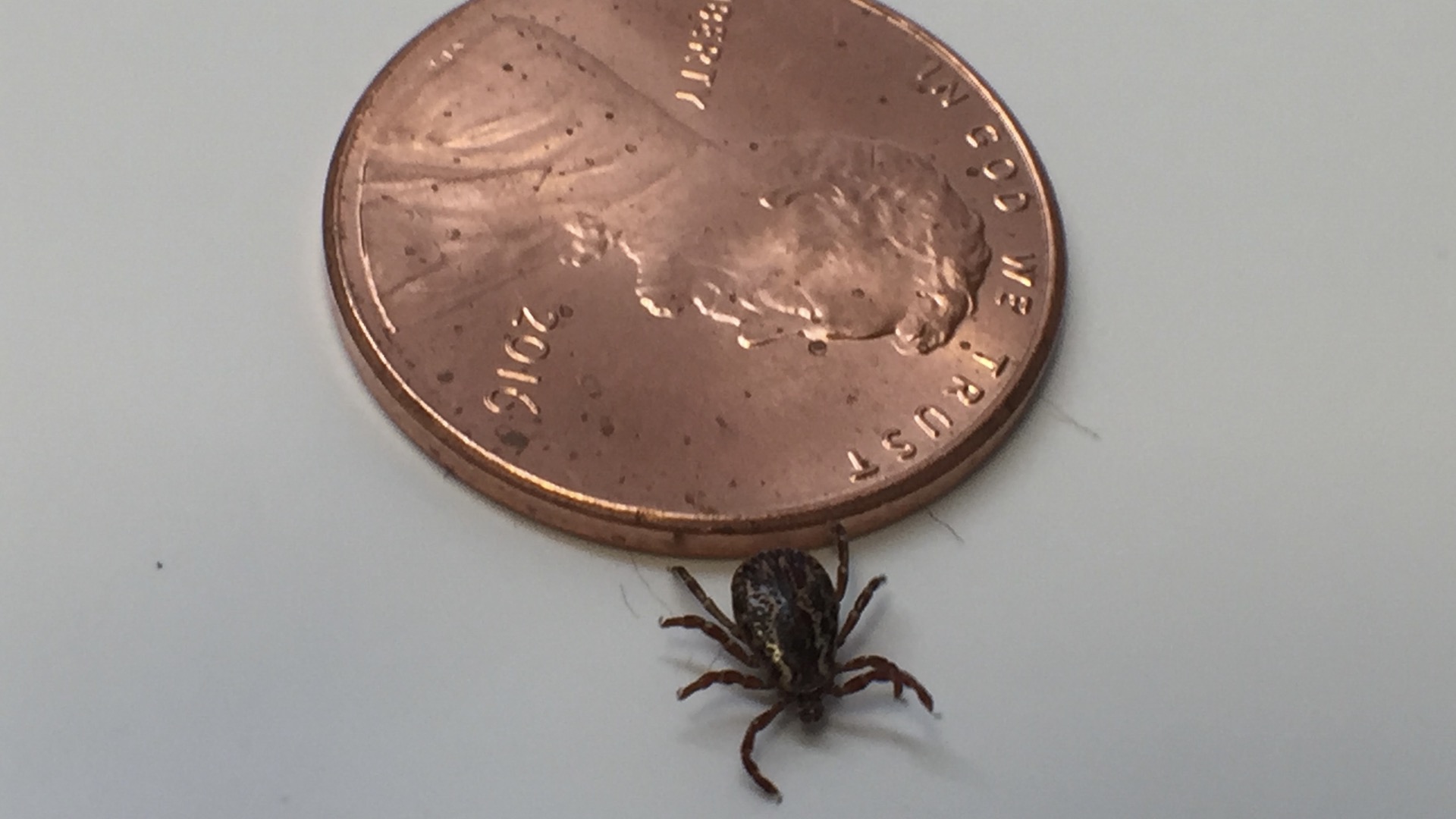Camping bug repellent: how to choose the best sprays, creams and lotions for keeping insects at bay
We explain how to choose the best camping bug repellent for preventing bites and stings from insects and arachnids

While the summer brings plenty of great outdoors opportunities for hikers, trail runners and campers, it also brings the threat of bugs and insects. The biting and stinging arthropods are the ones that we all want to avoid, especially those – such as mosquitoes, ticks and midges – which can lead to irritating itchy bites at best, and illness at worst.
Whether you're hiking or camping, bug repellent can be an essential purchase to make sure your time in the great outdoors isn't adversely affected by insects. This guide will explain how to choose the best insect repellent for you.

How to choose bug repellents
The best hiking and camping bug repellents are promoted as a way to stop blood-feeding arthropods biting the skin. These insects include mosquitoes, midges, ticks and chiggers (mites).
Repellents can also be effective against insects such as horseflies, which are the irritating type of insects that fly around your head when you are out in the countryside.
Unfortunately, repellents are unlikely to work against insects that sting, such as wasps, bees and hornets, although these insects are far less likely to be looking for human skin.
You will discover that bug repellents are sold as a wide variety of products, including sprays, creams, lotions, foams, sticks and wipes. In the case of mosquitoes and midges, repellents might also take the form of scented candles, incense coils and even lanterns (find these in our buying guide to the best camping lanterns).
What’s in a bug repellent?
When looking for hiking and camping bug repellents, it is a good idea to look at the ingredients. There are three main products utilised including synthetic chemicals, such as DEET, picaridin, oil of lemon eucalyptus (OLE), para-menthane-diol (PMD), or 2-undecanone.
All the latest inspiration, tips and guides to help you plan your next Advnture!
Note that there are different chemical names for DEET, including N,N-diethyl-m-toluamide or N,N-diemethylbenzamide.
It is important to be aware that products containing OLE or PMD are not recommended for use on children under the age of three and DEET should not be used on babies under two months old.
Products with higher levels of DEET can also be corrosive to items such as plastic watches and sunglasses, so many people prefer to avoid having it on their skin.
There are plenty of repellents with alternative natural ingredients, such as citronella and geranium. There are many mixed reports as to whether these are effective – and you should ensure you re-apply at least every 30 minutes.
How to use bug repellents when hiking and camping
It is worth checking how long the repellent will last. As a minimum, you will want at least 60 minutes of protection but remember that if you are sweating while doing an activity, such as trail running, the protection time will reduce.
Be careful where you apply the repellents, especially on the face. Many products will irritate the eyes and mouth and if you forget to wash your hands after application and then touch your eyes or mouth you will know all about it.

More tips for choosing hiking and camping bug repellents
Read the label of the insect repellent to ensure the product protects against the specific insect you want to repel.
Products that combine insect repellent and sunscreen may not be as effective as two separate formulas. It is claimed that mixing the two products into one formula reduces the usefulness of both.
You could try other types of repellents such as ultrasound devices attached to a belt; wristbands containing repellent; citronella candles; or insect lamps. Brands will make all sorts of claims about effectiveness of their products but until you have tried them you won’t know for sure if they work. The best advice is to take a couple of different types of products with you on a hike or run, or camping trip.
Some people also claim that eating foods such as garlic or bananas, or taking a vitamin B12 supplement, will ward off biting insects. There is no scientific evidence to prove these work and, indeed, some people are more likely to be bitten than others in any case so it’s difficult to have a one-repellent-solution that fits all scenarios.
It is important to be aware of the areas of the countryside that are most affected by biting insects and to test a range of repellents and other products to see which ones work best for you. If you can't cover your skin, make sure you use a repellent and re-apply frequently.

Other ways to protect yourself from insect bites and stings
When you're hiking and camping, bug repellents aren't the only way you can avoid becoming lunch for hungry insects and arachnids.
As we explain in our in-depth guide to avoiding bites and stings, try to cover bare skin with clothing or specialist nets at times when insects are most active. Dawn and twilight tend to be when there are more insects like mosquitoes and midges on the prowl.
And if you know you will be hiking, trail running or camping in areas that are insect prone, make sure you take action before you are bitten. For example, wearing long pants (see our best hiking pants) for walking in heather or grassy hills or mountains will help to avoid being bitten by ticks.
There are also websites that will give you an idea about how prevalent insects will be in the area where you plan to spend time. For example, you can check out Pests.org for ticks across America, or the Midge Forecast for Scotland.
In focus: mosquitoes

Mosquitoes are known for spreading disease, including malaria, dengue, West Nile virus, chikungunya, yellow fever and many more.
But it depends where you are as to the dangers of the mosquito. In the UK, there are around 30 native mosquito species, some of which bite and others that are just a general nuisance. Being bitten in the UK by a mosquito does not normally lead to illness, although the bites can become swollen and infected.
Elsewhere, however, mosquito bites can be both a pest and a danger to health.
If you are travelling to places where mosquitoes carry diseases you are advised to book a vaccination and take treatments, such as anti-malarial tablets, with you.
It is also vital that you avoid being bitten as much as possible. Using a mosquito net over your camp bed or hammock at night is a good idea, and some of the best hammocks come with integrated bug mesh that saves you having to make an additional purchase. Cover bare skin when there are mosquitoes about and also use repellents.
There are products that can be sprayed on to clothing or washed in, as well as apparel that has an insect repelling treatment.
You will also find a huge range of repellents, which are usually made with DEET or Picaridin, for spraying or rubbing on the skin.
In focus: the midge
The dreaded midge – which is prevalent in the summer months in Scotland and can also be a pest in other parts of the UK and across the world – has its very own selection of repellents. Midge bites do not normally cause illness, but many people find the bites leave them with a swollen and itchy bite, as explained in how to stop midge bites.
Perhaps the best protection is to cover skin with clothes and to wear a midge net over the face when the midges are at the worst and swarming.
When it comes to repellents, some people claim that DEET-based products will stop the midges biting, while others swear by citronella-based products.
A product made by the beauty company Avon, called Skin So Soft, has, for years, been promoted as a good midge repellent.
Another well-known brand is Smidge, which has been specifically formulated to fight midges. Ingredients include 20% Picaridin (Saltidin®), which is claimed to give protection for up to eight hours.
Another product called Midge Magic is made from 100% natural ingredients, including the main ingredient of Eucalyptus Citronella, as well as lemongrass and bog myrtle.
As with all bug repellents, there are mixed reports on effectiveness.
In focus: ticks

Tick bites have the potential to lead to Lyme's Disease, which is caused by an infection of the bacteria Borrelia burgdorferi. The disease can leave people with chronic joint inflammation, neurological symptoms, such as facial palsy and neuropathy, as well as cognitive defects, such as impaired memory.
It is DEET or Picaridin (Saltidin) that are the most common ingredient in tick repellents. This means that products that use Picaridin/Saltidin for other insects, such as mosquito or midges, will also be useful for repelling ticks.
Again, however, the best way to avoid the ticks biting is to cover the skin areas where they are most likely to attach themselves, such as on the legs if walking on trails and in hills and mountains.
Another tips is to treat clothing with anti-tick products containing permethrin. Permethrin can be used to treat hiking boots, trail running shoes, clothing and camping gear, like hammocks, and it said to remain protective through several wears, uses or washes.
Also make sure your pet dog is given regular tick treatments. You can use anti-tick dog collars or buffs as well.
For more on keeping yourself safe from ticks, check out how to avoid tick bites.

Fiona Russell is a widely published adventure journalist and blogger, better known as Fiona Outdoors. She is based in Scotland and is an all-round outdoors enthusiast with favorite activities including trail running, mountain walking, mountain biking, road cycling, triathlon and skiing (both downhill and backcountry). Aside from her own adventures, Fiona's biggest aim is to inspire others to enjoy getting outside and exploring, especially through her writing. She is also rarely seen without a running skort! Find out more at Fiona Outdoors.
